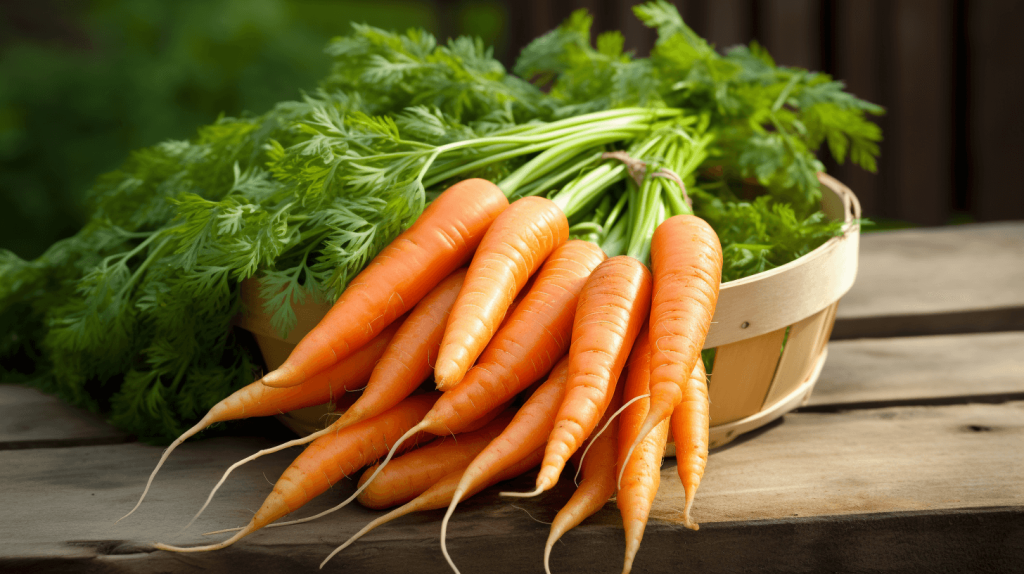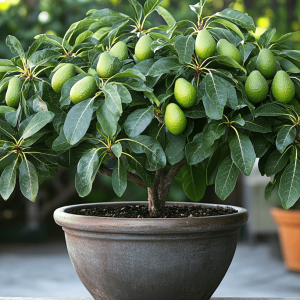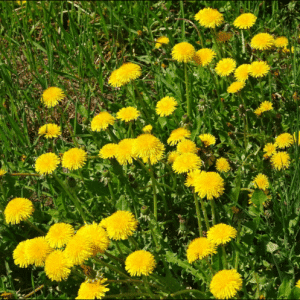
Carrots, with their vibrant color and sweet crunch, are a delightful addition to any home garden. What if you could grow a bountiful harvest of carrots right at home, starting with just a single carrot? In this detailed guide, we’ll explore a unique and resourceful method of growing carrots in containers, proving that you can transform a single carrot into a thriving carrot patch with a bit of creativity and care.
**1. Selecting the Right Container:
Container Criteria:
Before diving into the growing process, choose a suitable container for your carrots.
Criteria:
- Depth: Opt for a container that is at least 12 inches deep to accommodate the length of carrot roots.
- Width: Ensure the container has a width of at least 12 inches to allow for proper spacing between carrots.
- Drainage Holes: Select a container with drainage holes to prevent waterlogged soil.
**2. Choosing the Right Carrot:
Selecting a High-Quality Carrot:
Pick a fresh and high-quality carrot as your starting point.
Method:
- Organic Carrot: Choose an organic carrot without chemical treatments for the best results.
- Healthy Appearance: Select a carrot that is firm, free from blemishes, and has a vibrant orange color.
**3. Preparing the Container:
Setting the Stage for Growth:
Prepare the container to create an optimal environment for carrot cultivation.
Method:
- Fill with Potting Mix: Fill the container with well-draining potting mix, enriched with organic matter.
- Level the Surface: Level the surface of the soil to ensure uniform growth.
**4. Planting the Carrot:
Initiating Growth from a Single Carrot:
Plant the chosen carrot to kickstart the growing process.
Method:
- Inserting the Carrot: Insert the carrot into the soil vertically, burying it about half of its length.
- Spacing: If planting multiple carrots, space them at least 3 inches apart to allow for proper growth.
**5. Watering and Sunlight:
Providing Essential Elements:
Ensure proper hydration and sunlight for the growing carrots.
Method:
- Watering: Keep the soil consistently moist but not waterlogged. Water deeply to encourage root development.
- Sunlight Exposure: Place the container in a location with at least 6-8 hours of sunlight per day.
**6. Thinning Seedlings:
Creating Adequate Space:
As the carrot seedlings emerge, thin them to provide ample space for growth.
Method:
- Identify Strong Seedlings: Once the seedlings have several leaves, identify the strongest ones.
- Thinning Process: Gently pull out the excess seedlings, leaving the strongest ones spaced about 3 inches apart.
**7. Caring for Carrot Growth:
Maintenance Tips:
Follow these tips to ensure healthy and robust carrot growth.
Tips:
- Weed Control: Keep the container free from weeds to prevent competition for nutrients.
- Regular Watering: Maintain a consistent watering schedule to prevent soil dryness.
- Fertilization: If needed, provide a balanced fertilizer according to the package instructions.
**8. Harvesting Carrots:
Timing and Techniques:
Harvest your carrots when they reach maturity for the best flavor and texture.
Method:
- Check Maturity: Carrots are usually ready for harvest 70-80 days after planting. Check for mature size and vibrant color.
- Loosen Soil: Gently loosen the soil around the carrots with a hand trowel before pulling them out to avoid breakage.
- Harvest Gradually: Harvest carrots gradually as needed for fresh and crisp produce.
**9. Saving Seeds for Future Growth:
Sustainable Gardening:
Save seeds from mature carrots for future plantings.
Method:
- Selecting Mature Carrots: Allow a few carrots to reach maturity, flower, and produce seeds.
- Collecting Seeds: Harvest the seed heads once they have dried. Remove the seeds for future planting.
**10. Common Issues and Solutions:
Addressing Challenges:
Be prepared to tackle common issues that may arise during the carrot-growing process.
Issues and Solutions:
- Pests: Keep an eye out for pests like carrot rust flies. Use protective covers or organic pest control methods.
- Diseases: Practice good hygiene and provide proper spacing to reduce the risk of diseases.
- Soil Compaction: Avoid compacted soil by incorporating organic matter during planting.
Conclusion:
Growing carrots at home in containers starting with a single carrot is a testament to the resourcefulness of home gardening. With careful attention to container selection, planting techniques, and ongoing care, you can enjoy a harvest of fresh, homegrown carrots. This creative and sustainable approach not only yields delicious produce but also showcases the joy and satisfaction of cultivating your own food. Happy gardening and happy harvesting!







Thank you for your sharing. I am worried that I lack creative ideas. It is your article that makes me full of hope. Thank you. But, I have a question, can you help me?